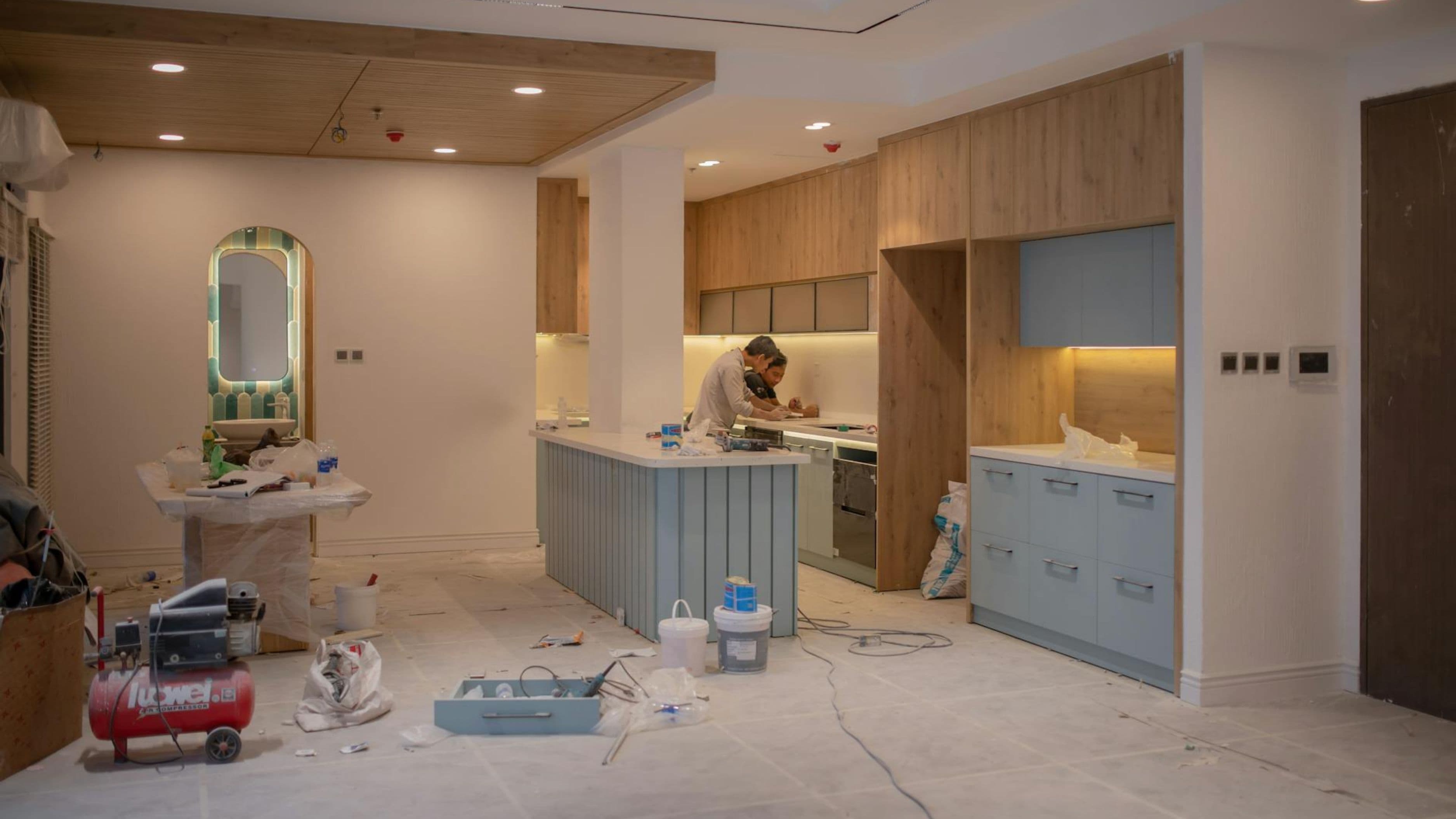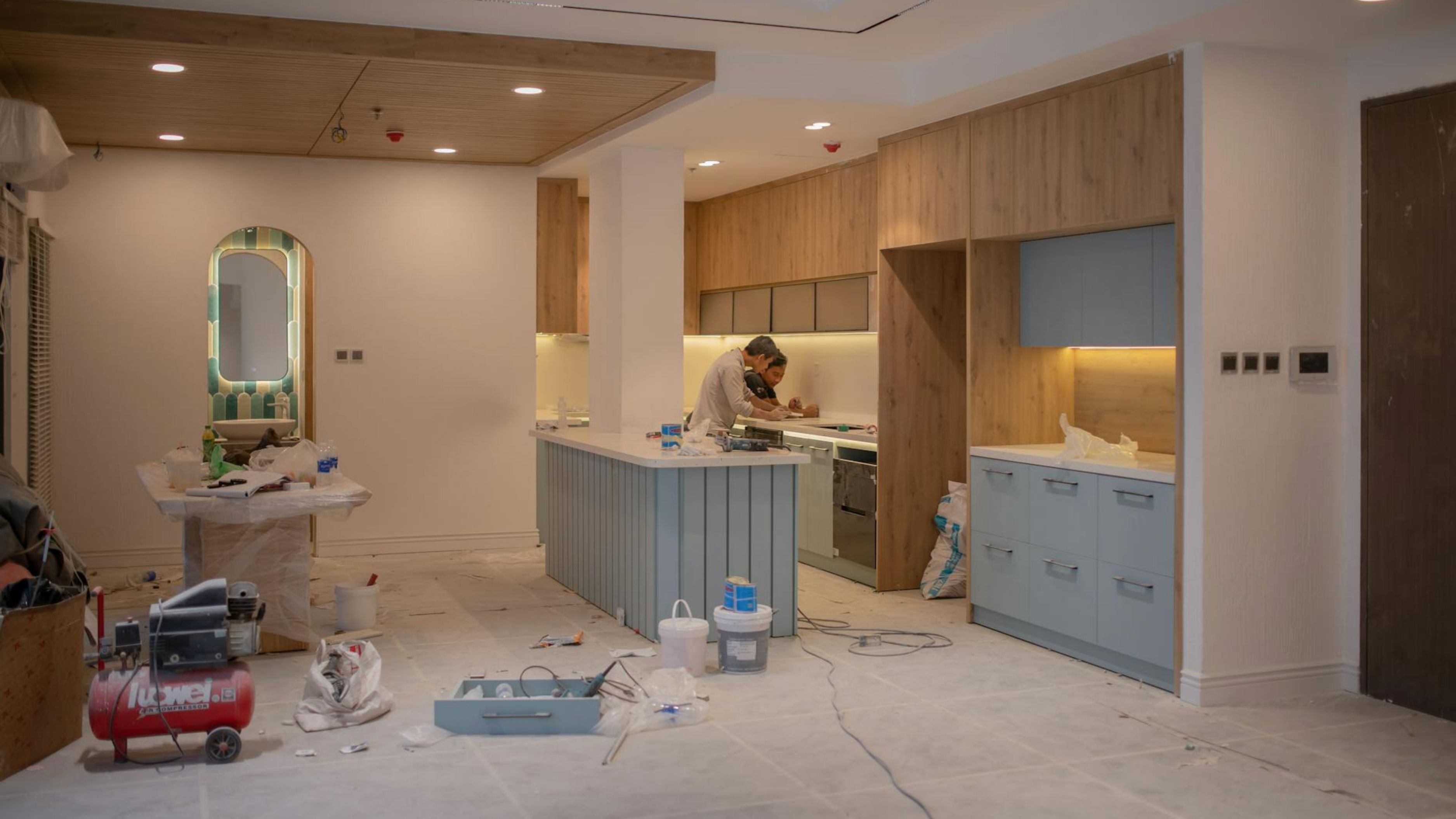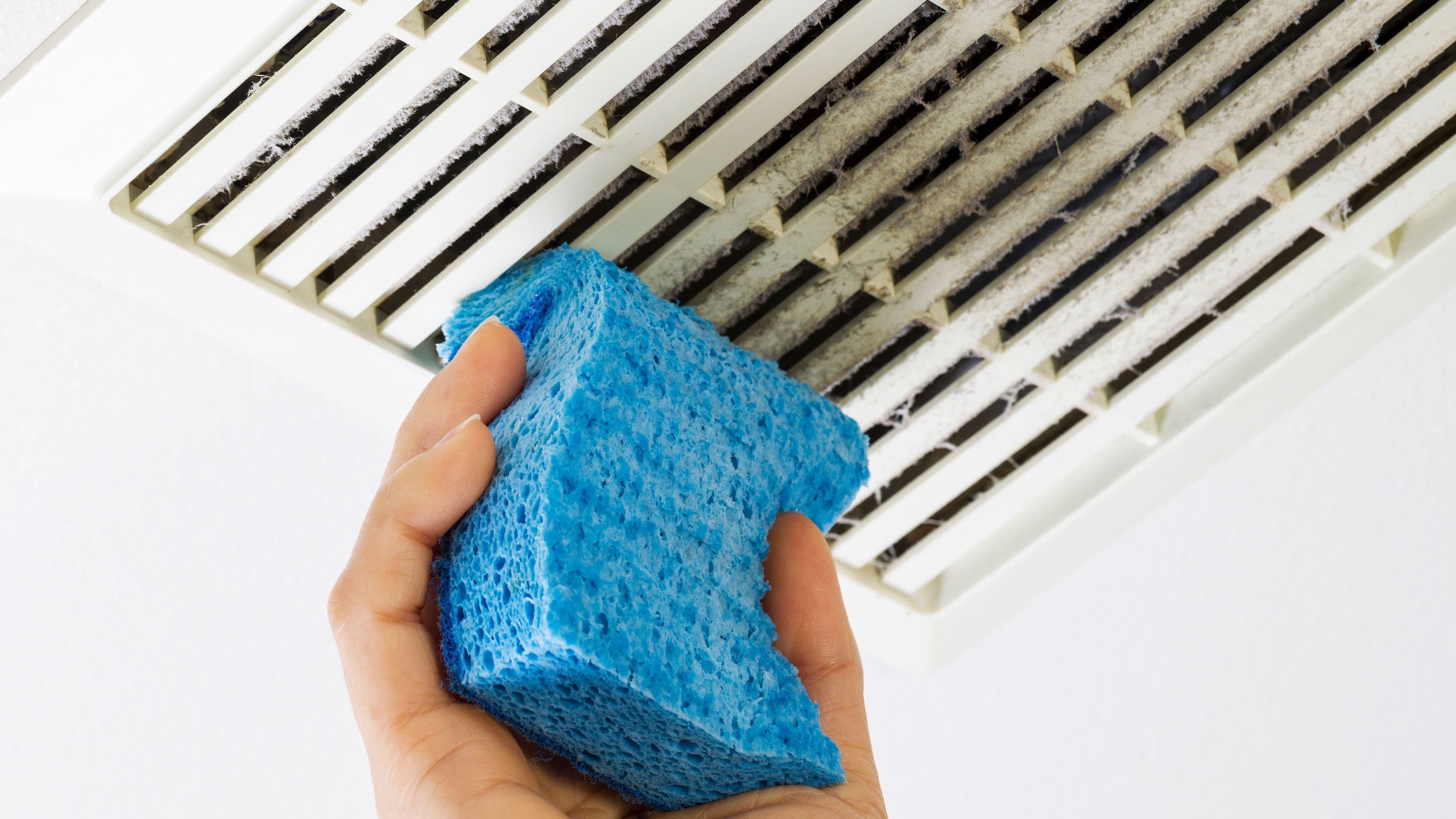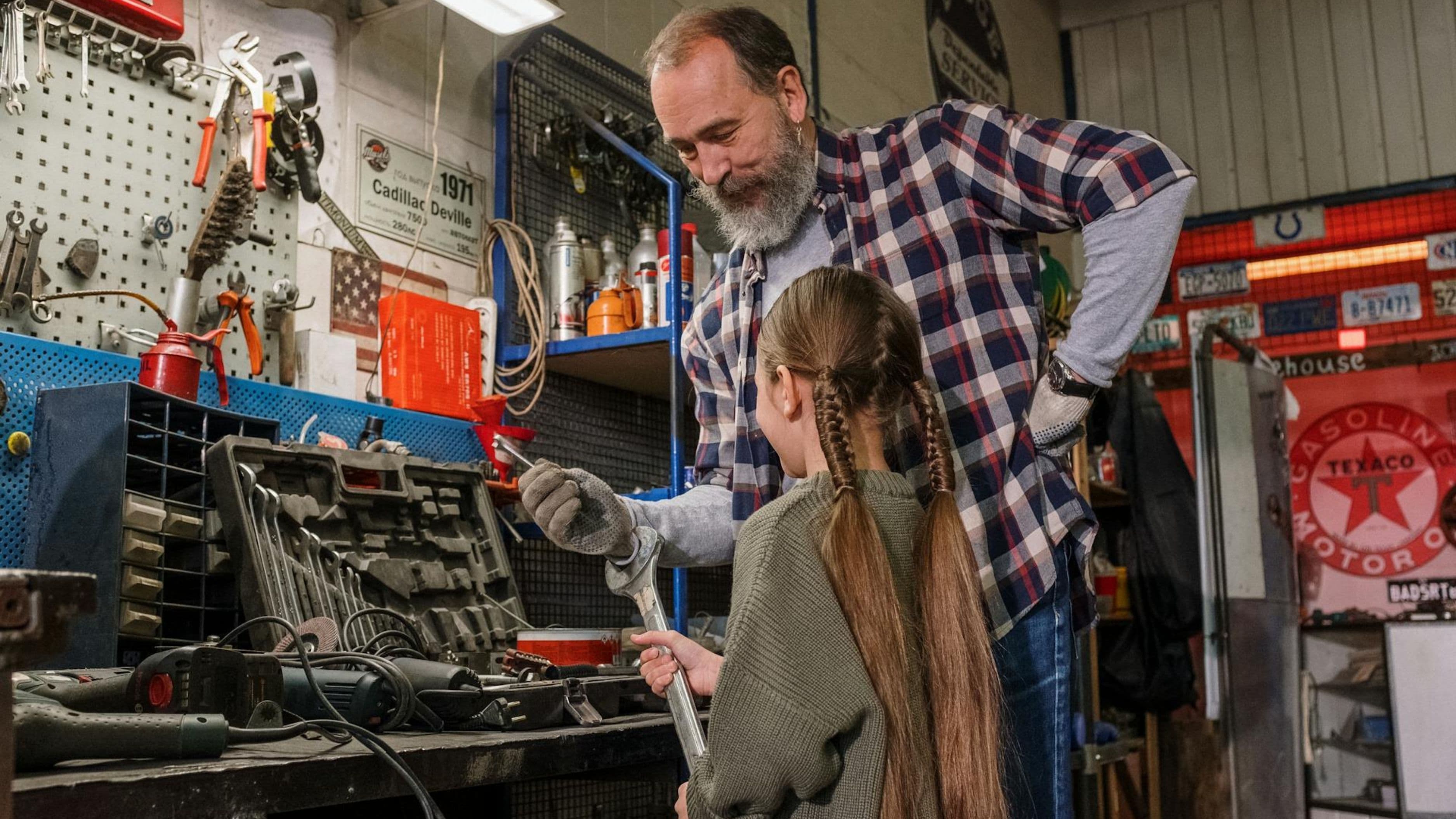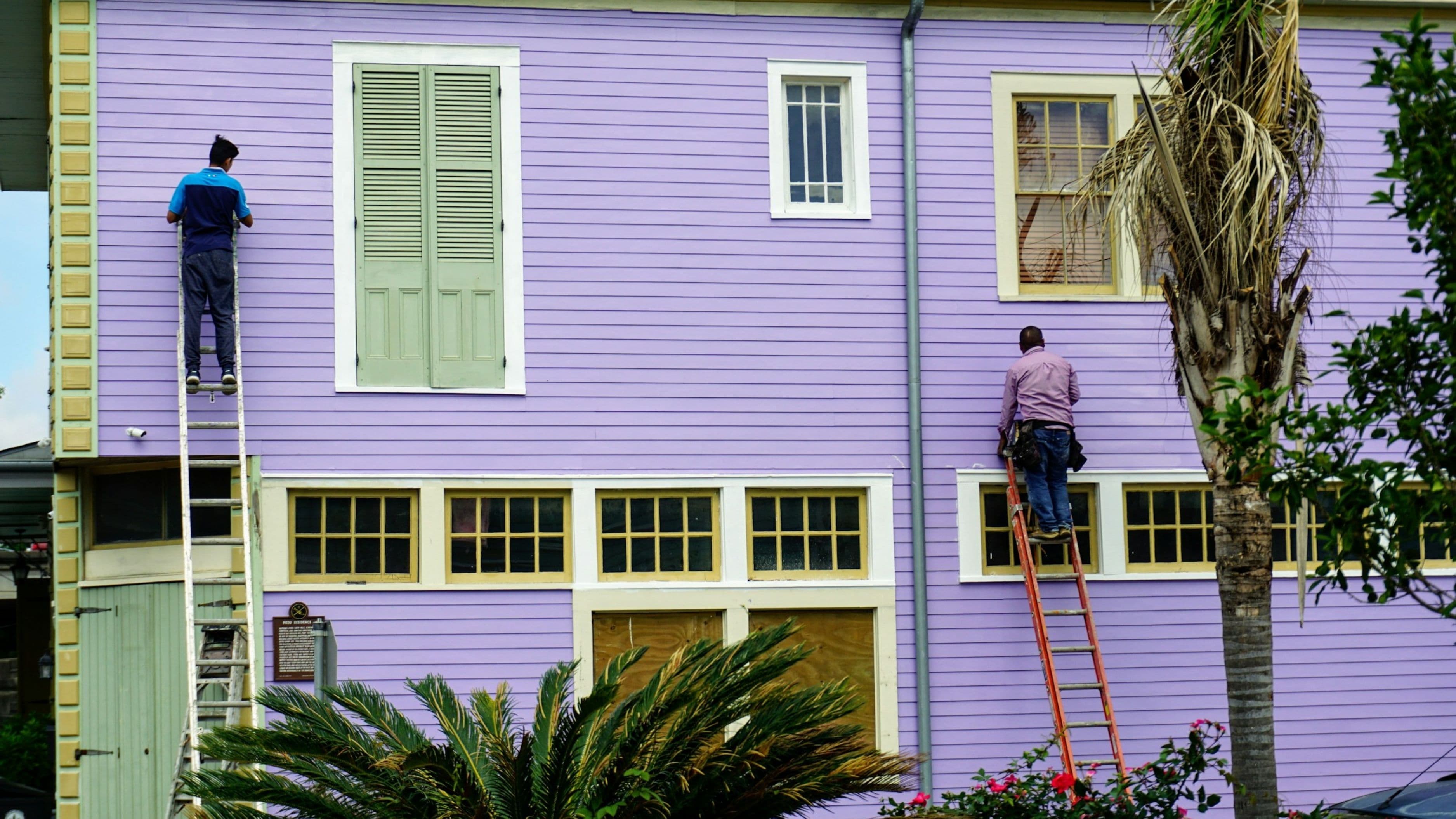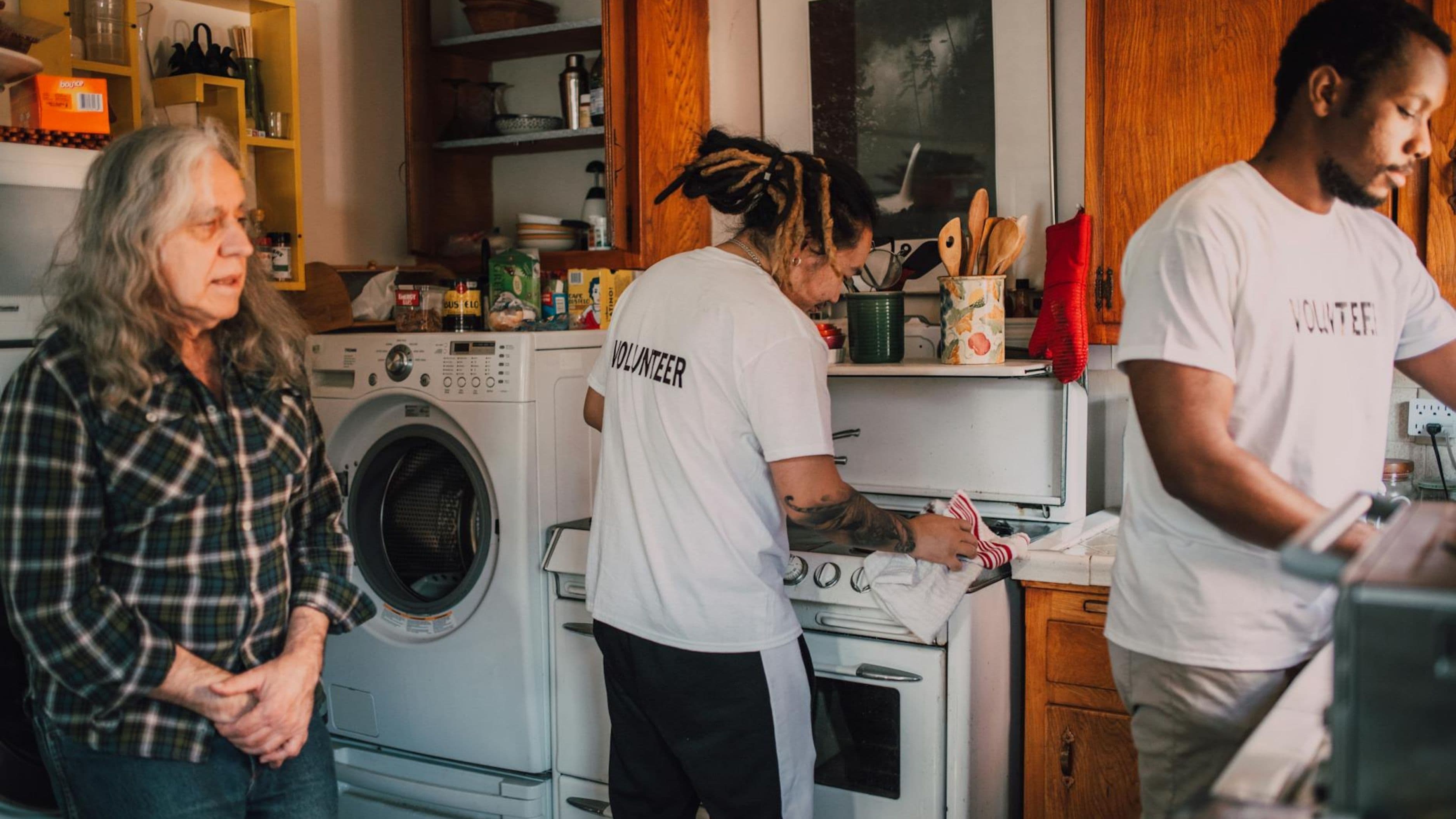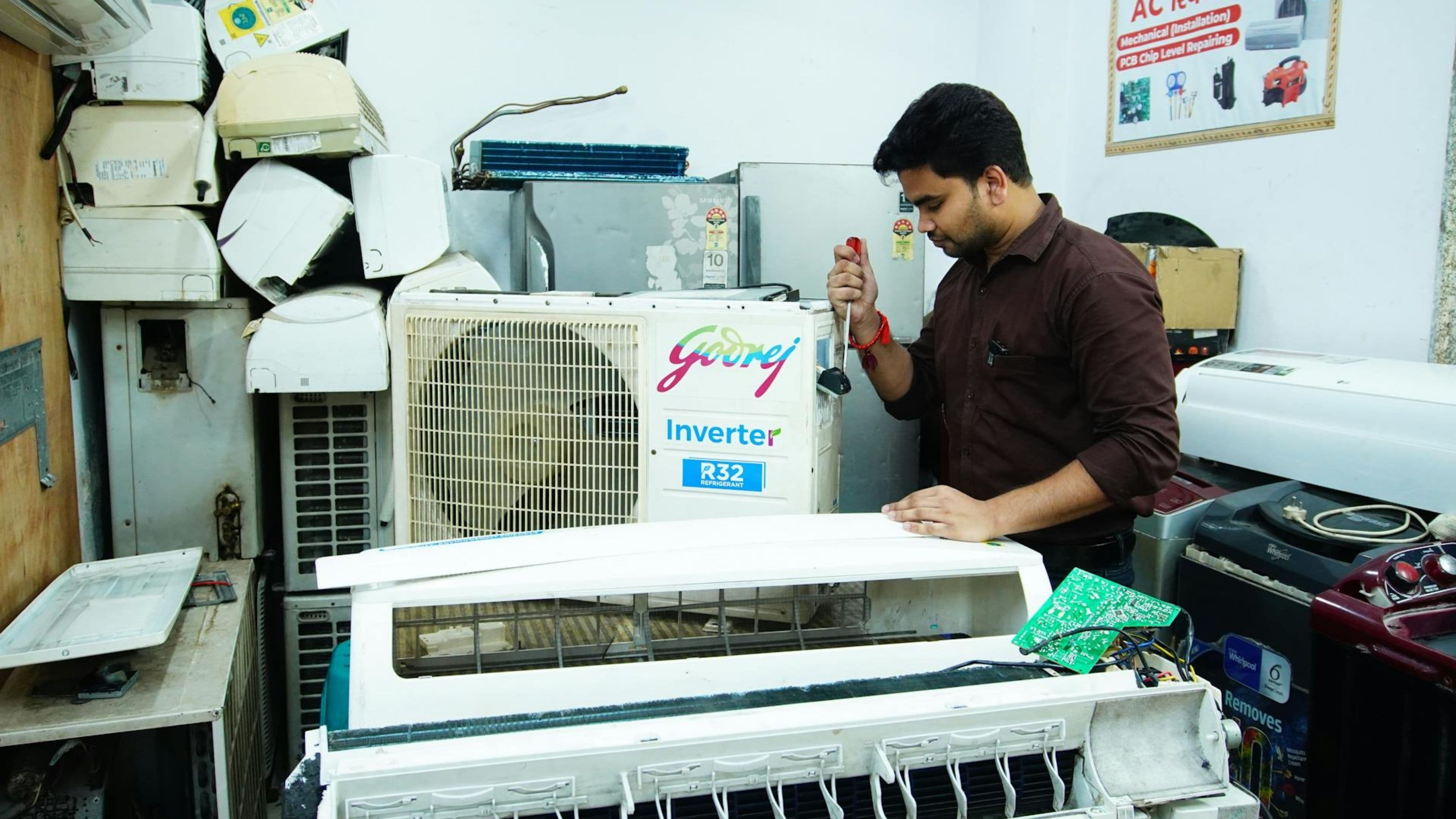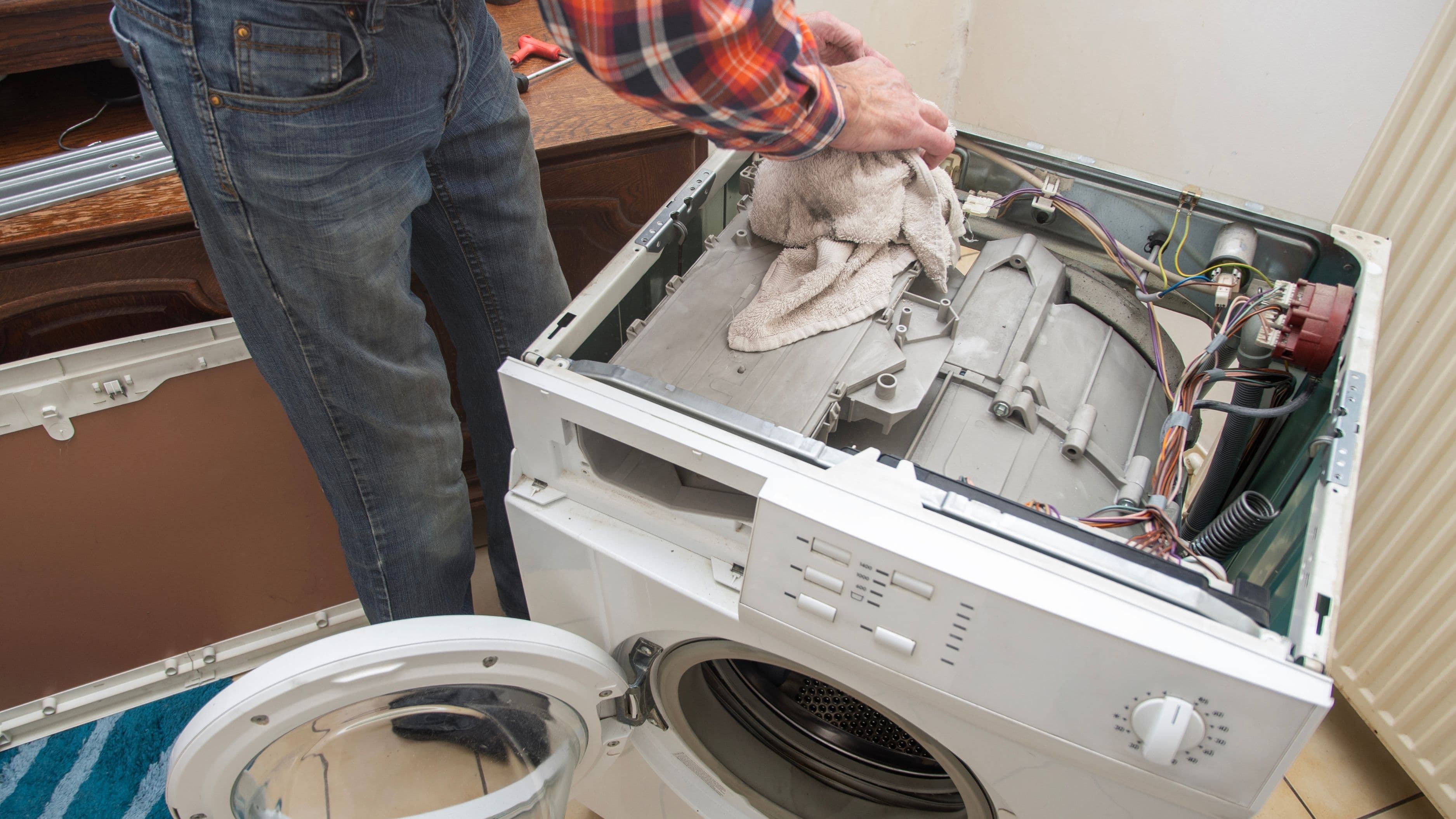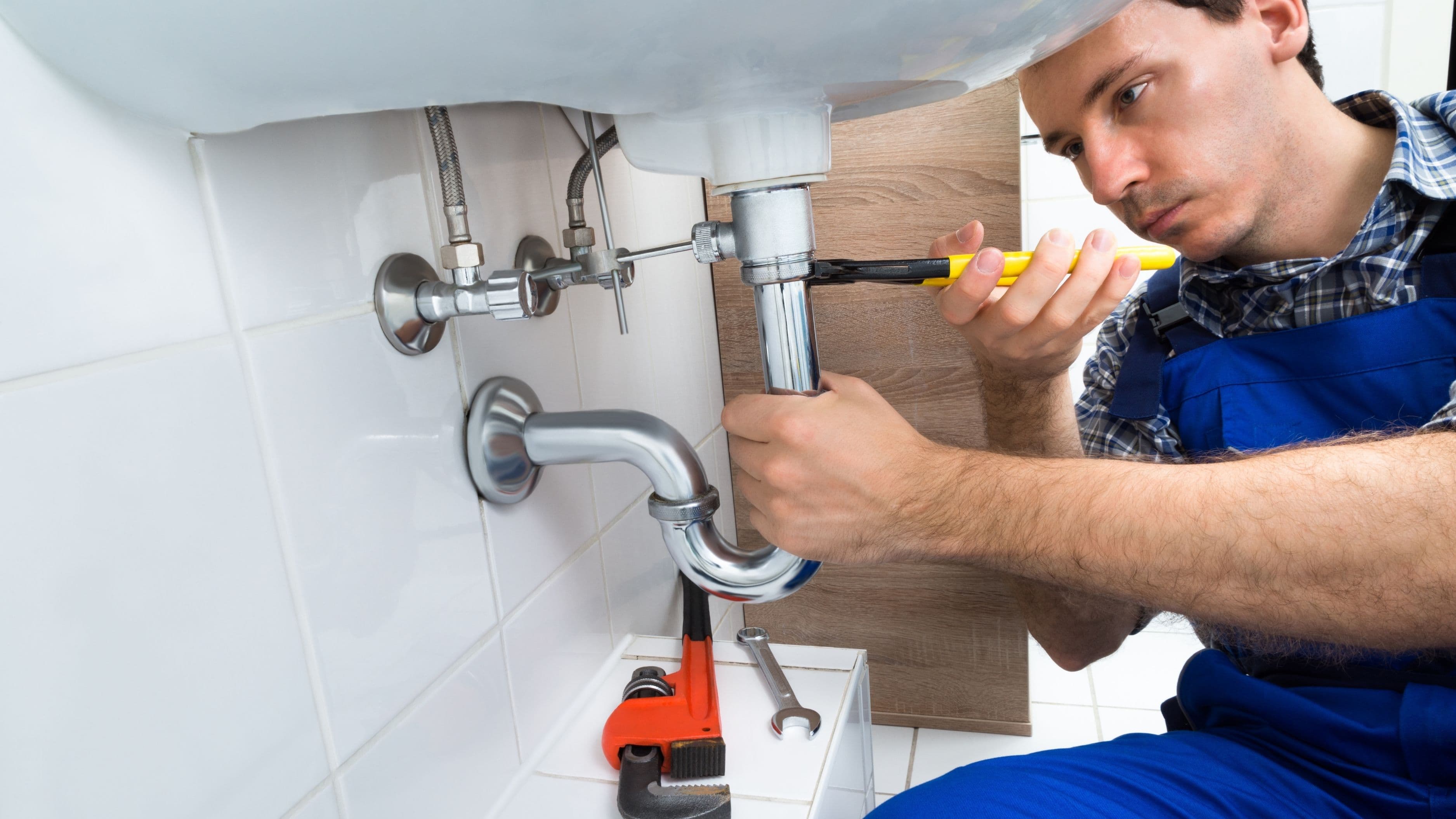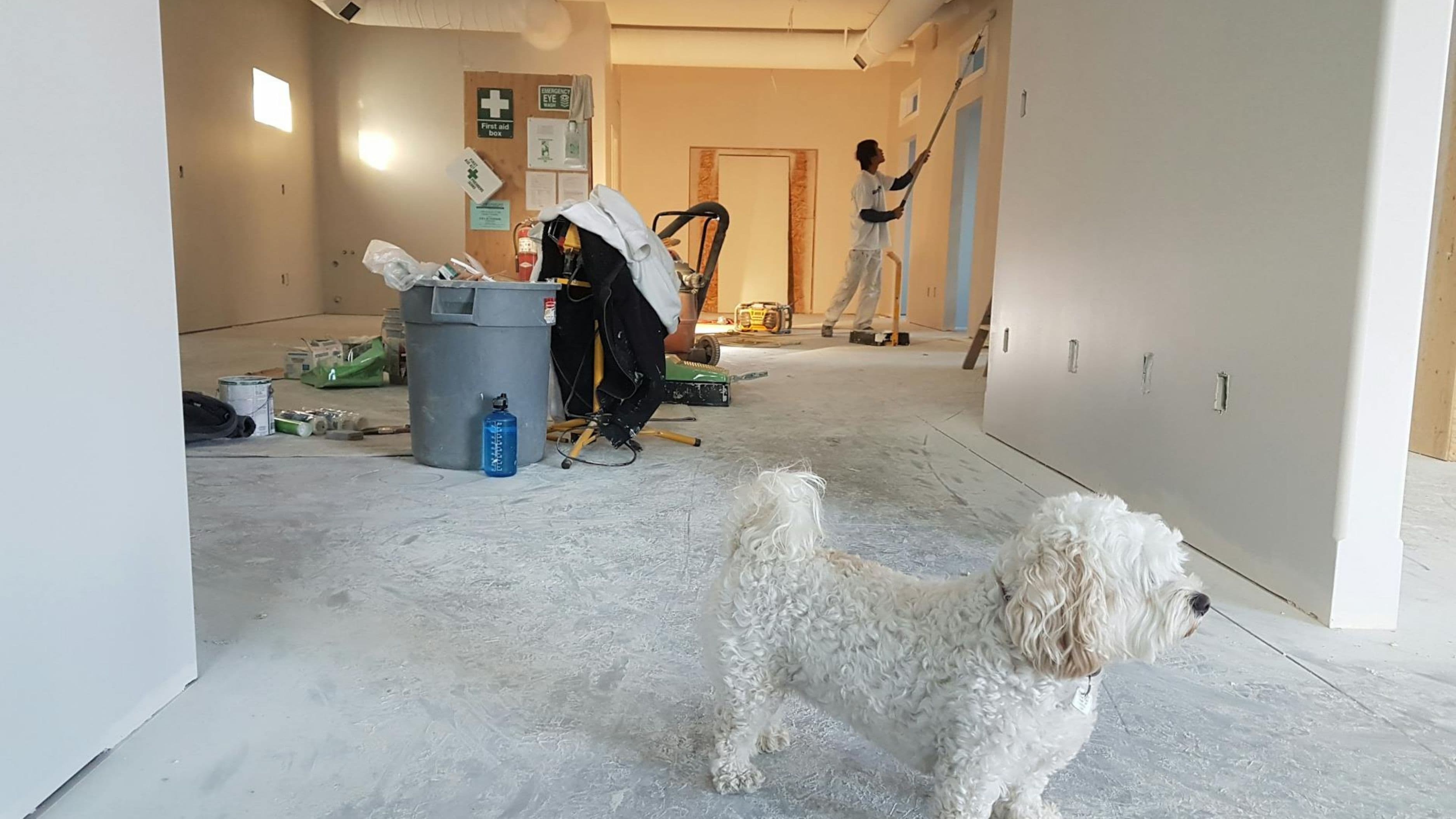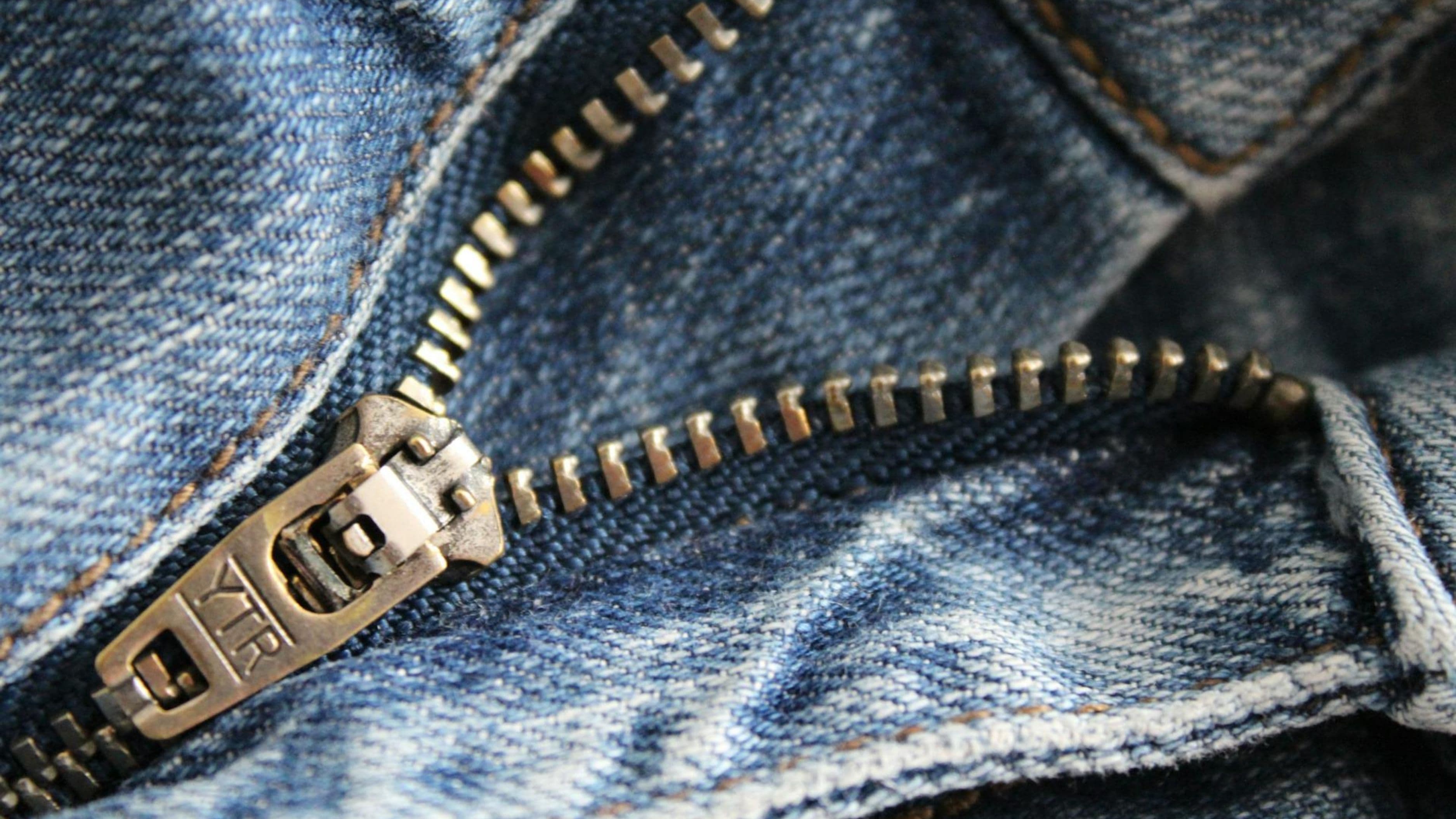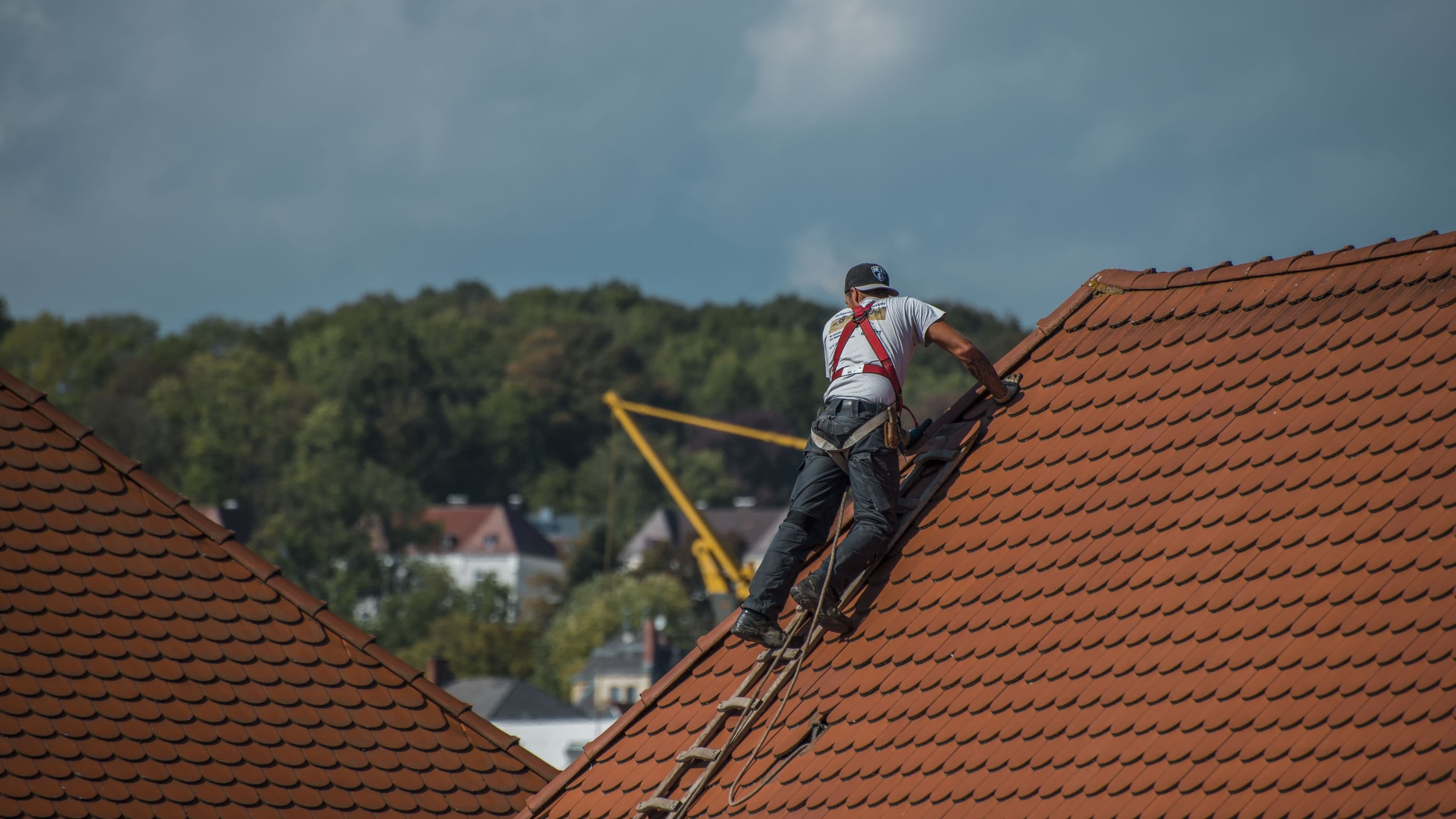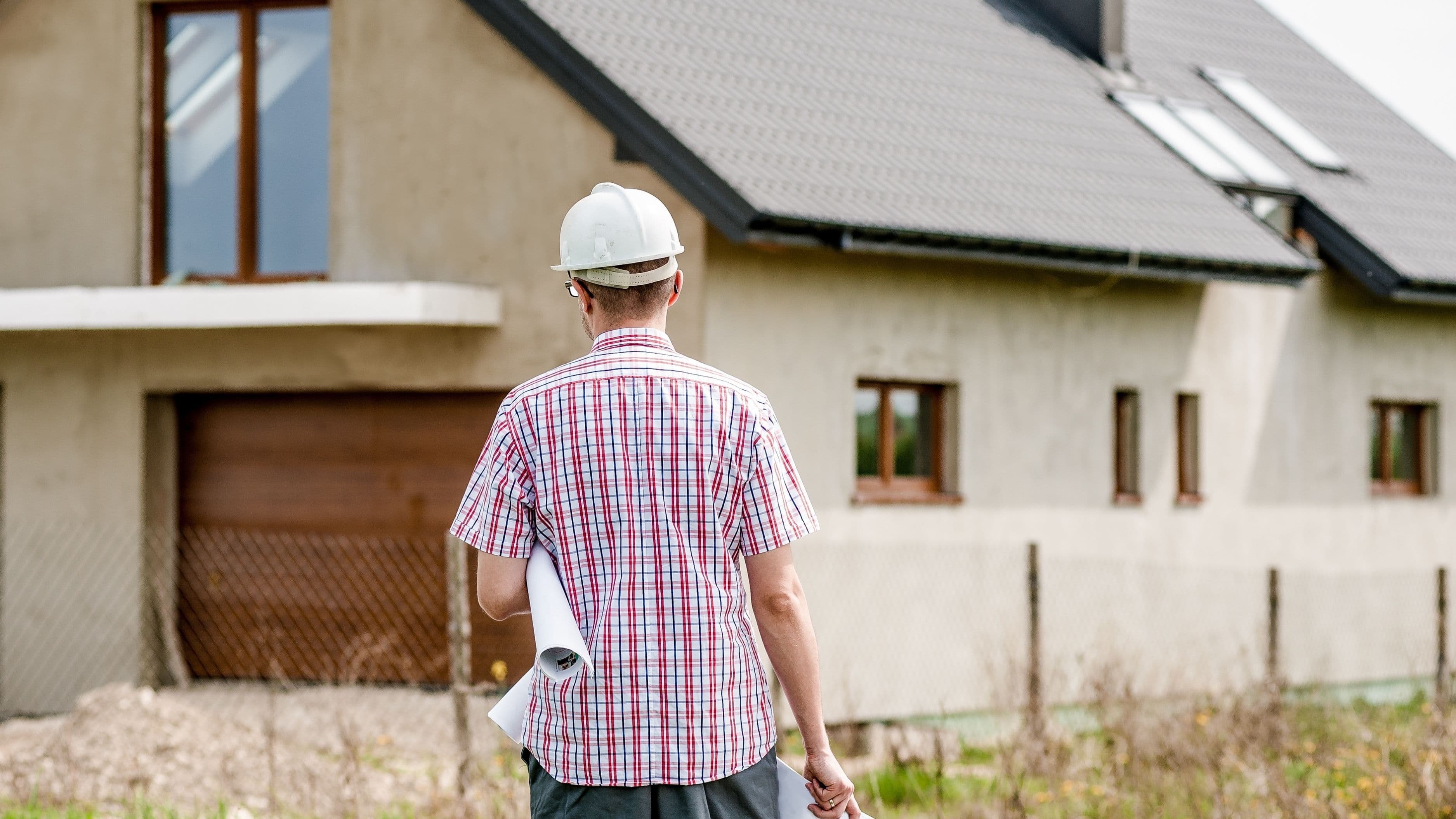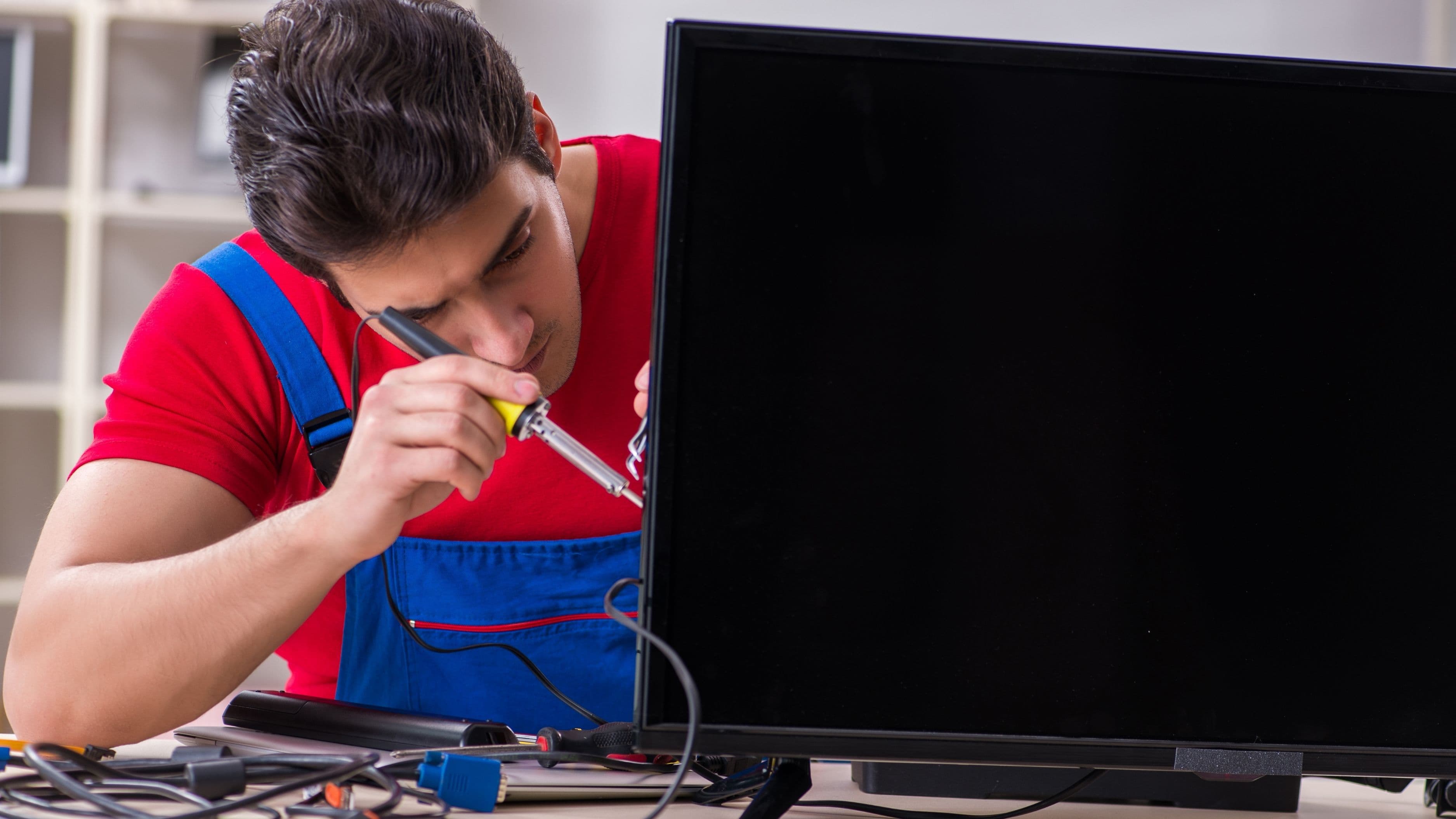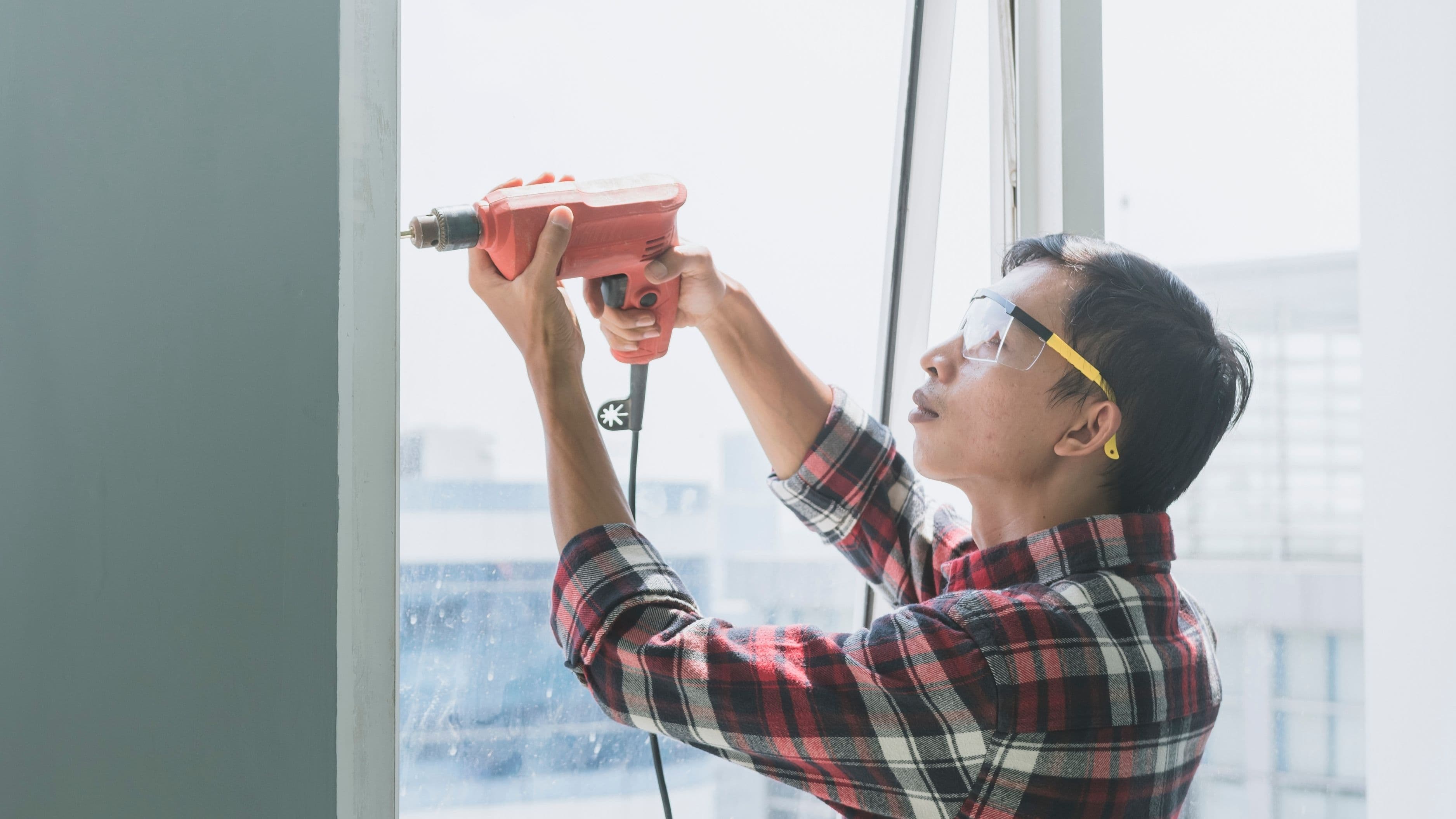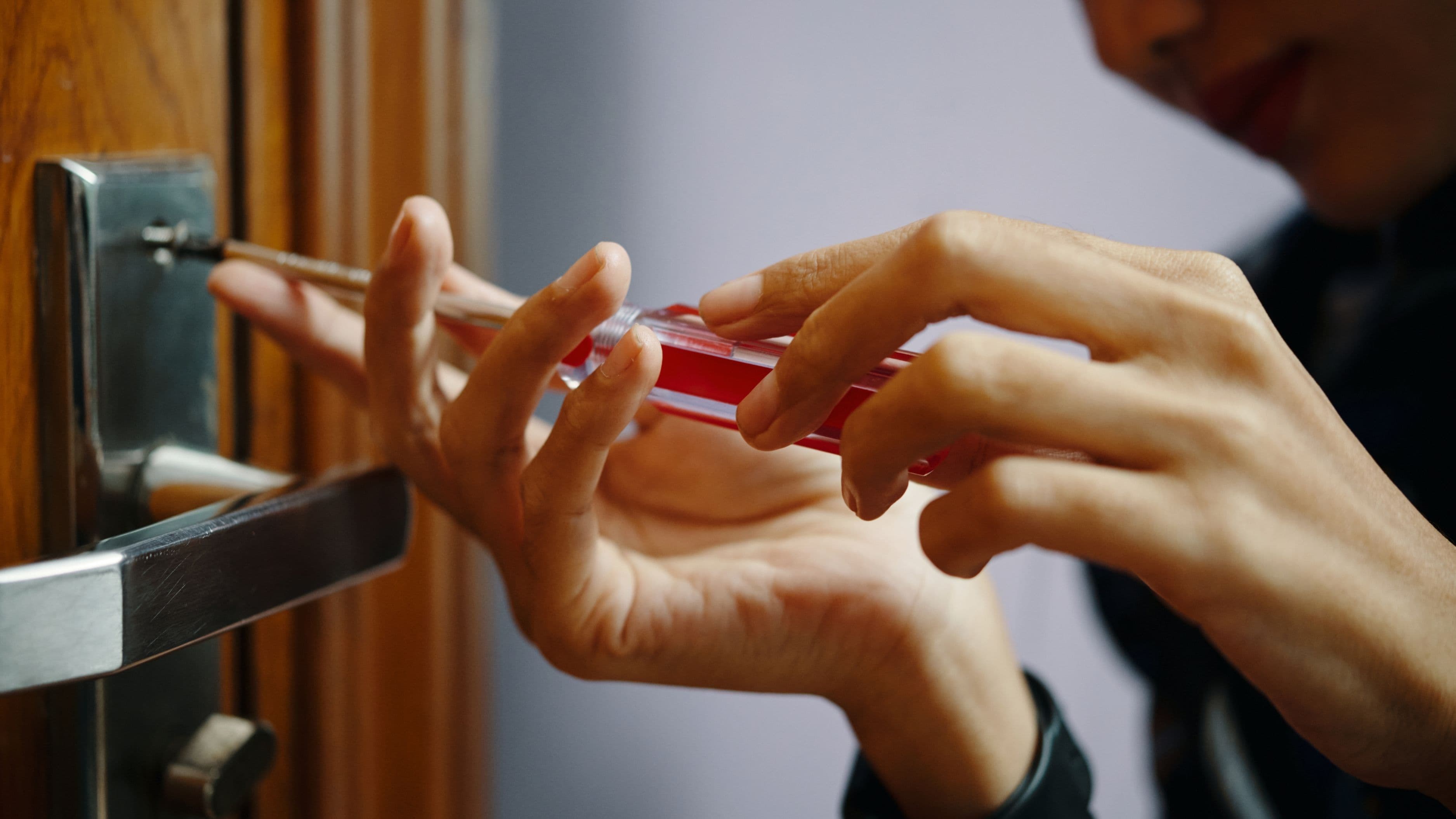The truth is, those seemingly innocent little problems around your home are quietly draining your wallet while you sleep. That loose doorknob, the running toilet, the peeling caulk—they're all ticking time bombs with price tags that grow exponentially with each passing month. Let's pull back the curtain on what procrastination is really costing you, and more importantly, how you can fix these issues without breaking the bank or your back.
1. That "Harmless" Leaky Faucet
You know that rhythmic drip-drip-drip echoing through your kitchen at night? It's not just annoying—it's expensive. A single faucet leaking one drip per second wastes roughly 3,000 gallons of water annually, which translates to about $35-50 on your water bill for absolutely nothing. Multiply that if you've got multiple leaky faucets, and you're looking at real money disappearing down the drain, literally.
The damage doesn't stop at your utility bill, though. That constant moisture creates the perfect breeding ground for mold and mildew, which can compromise your cabinet materials and eventually lead to costly replacements. The wood swells, warps, and deteriorates over time, turning a $5 washer replacement into a $500+ cabinet restoration project.
Here's the good news: fixing a leaky faucet is often as simple as replacing a worn-out washer or O-ring, tasks that take about 20 minutes and cost less than $10 in parts. You don't need to be a plumbing wizard—just a willingness to turn off the water supply, unscrew a few parts, and swap out the damaged pieces.
2. Clogged Gutters Creating Silent Chaos
When leaves and debris pile up in your gutters, water can't flow where it's supposed to go—away from your house. Instead, it overflows and pools around your foundation, seeping into cracks and creating moisture problems that can cost tens of thousands to repair. Foundation damage, basement flooding, and structural issues are all downstream consequences of gutters you ignored for one too many seasons.
The visual damage is equally brutal: overflowing gutters cause ugly streaks on your siding, rot your fascia boards, and create ice dams in winter that can tear gutters right off your house. What started as a Saturday afternoon cleaning project becomes a $2,000-3,000 gutter replacement, plus potential siding and foundation work.
Cleaning your gutters twice a year—spring and fall—takes about two hours and costs you nothing but elbow grease. If heights aren't your thing, hiring a professional for this task runs about $100-150, still a fraction of what you'll pay for water damage repairs. Consider installing gutter guards for around $200-500 to reduce maintenance frequency even further.
3. Cracked Caulking Around Tubs and Showers
That thin line of caulk around your bathtub might seem purely cosmetic, but it's actually your home's first line of defense against water infiltration. When it cracks or peels, water sneaks behind your tiles and into the wall cavity, where it quietly rots the subfloor and wall studs. By the time you notice the damage—usually when tiles start falling off or the floor feels spongy—you're looking at a bathroom renovation costing $5,000 or more.
Mold is another unwelcome guest that thrives in these damp, hidden spaces. Beyond the health implications, mold remediation is expensive and invasive, often requiring professionals in hazmat suits to tear out walls and treat affected areas. Insurance companies frequently don't cover water damage from maintenance neglect, leaving you to foot the entire bill.
Re-caulking is genuinely one of the easiest DIY jobs in existence. A tube of quality bathroom caulk costs about $5, and the entire job takes 30 minutes once you've scraped away the old material. Watch one YouTube video, and you'll have the technique down—just keep that caulk line smooth and continuous, and you've saved yourself thousands in potential water damage.
4. Ignoring That Running Toilet
Hear that faint hissing sound from your bathroom? That's the sound of money continuously flowing into your sewer system. A running toilet can waste 200 gallons of water per day—that's over 70,000 gallons annually and an extra $250-600 on your water bill for zero benefit. It's one of the most common and most wasteful household water leaks that people just tune out and learn to live with.
Beyond the water waste, a constantly running toilet wears out internal components faster, meaning you'll need more frequent repairs down the line. The constant flow also increases the risk of overflows if something gets stuck, potentially causing water damage to your bathroom floor and the ceiling below.
Most running toilets are fixed by replacing the flapper valve, which costs about $5 and takes ten minutes to swap out. Sometimes it's just a matter of adjusting the float or chain—free fixes that take even less time. Open up that toilet tank, do a little investigating, and you'll probably have it solved before you could even schedule a plumber.
5. Loose or Missing Shingles on Your Roof
Your roof is your home's umbrella, and even a few missing or damaged shingles can let water infiltrate your attic and walls. Once water gets in, it damages insulation, rots wood framing, ruins drywall, and creates perfect conditions for mold growth. A small leak ignored for a year can easily result in $10,000-15,000 in repairs, not to mention the inconvenience of living through a major renovation.
The deterioration accelerates quickly, too. One damaged shingle allows wind to get under adjacent shingles, creating a domino effect that damages larger sections of your roof. What could have been a simple patch job becomes a full roof replacement costing $15,000-30,000, depending on your home's size and the materials involved.
Replacing a few shingles is manageable for confident DIYers with proper ladder safety equipment. A bundle of matching shingles costs $30-50, roofing cement is about $10, and the job takes a couple of hours. If heights make you nervous, hiring a handyperson for this specific task usually runs $150-300—still vastly cheaper than the alternative.
6. Weatherstripping That's Given Up the Ghost
Those gaps around your doors and windows where weatherstripping has worn away or fallen off are basically open invitations for outdoor air to waltz right in. During summer, you're paying to cool air that immediately escapes; in winter, you're heating the great outdoors. The Department of Energy estimates that air leaks account for 25-30% of heating and cooling costs—for the average household, that's $200-400 annually literally blowing in the wind.
The comfort factor matters too. Drafty homes are uncomfortable homes, with cold spots near windows and doors that no amount of thermostat adjustment seems to fix. You might compensate by cranking the heat higher, driving up costs even further while your furnace works overtime.
New weatherstripping costs about $20-40 for materials to seal multiple doors and windows, and installation is straightforward—peel and stick, or measure, cut, and nail in place. One afternoon project can dramatically improve your comfort while slashing your energy bills. It's literally one of the highest return-on-investment home improvements you can make.
7. Electrical Outlets That Spark or Don't Work
A loose or malfunctioning electrical outlet isn't just inconvenient—it's a fire hazard. Faulty outlets cause approximately 5,300 house fires annually, according to the U.S. Consumer Product Safety Commission, resulting in deaths, injuries, and millions in property damage. That flickering outlet or the one that doesn't hold plugs snugly anymore is warning you about internal problems that could lead to arcing and ignition.
Beyond safety concerns, problematic outlets force you into dangerous workarounds like overloading other circuits or using extension cords as permanent solutions. These temporary fixes create their own hazards and gradually damage your home's electrical system, leading to more expensive repairs down the line.
Replacing an outlet is a simple DIY job if you're comfortable with basic electrical work: turn off the breaker, test to ensure power is off, swap the old outlet for a new one (about $3-5), and restore power. If you're not confident with electrical work, hiring an electrician for a single outlet replacement costs $75-150—a small price for peace of mind and safety.
The Bottom Line: Pay Now or Pay Much More Later
The pattern here is impossible to ignore: every small repair you postpone grows larger, more complex, and exponentially more expensive over time. That $10 washer becomes $500 in cabinet repairs. That $30 bundle of shingles becomes a $20,000 roof replacement. The math always works against procrastination.
But here's the empowering part—most of these repairs are genuinely simple when you catch them early. You don't need a contractor's license or a garage full of specialized tools. With basic supplies from any hardware store, a Saturday afternoon, and perhaps a helpful YouTube tutorial, you can tackle most of these issues yourself and pocket the savings.
The real question isn't whether you can afford to fix these problems—it's whether you can afford not to. Which minor repair have you been putting off that deserves your attention this weekend?
📚 Sources
U.S. Environmental Protection Agency. "WaterSense: Fix a Leak Week." EPA.gov, 2024.
U.S. Department of Energy. "Energy Saver: Air Sealing Your Home." Energy.gov, 2024.
U.S. Consumer Product Safety Commission. "Electrical Fire Safety." CPSC.gov, 2023.
🔍 Explore Related Topics

